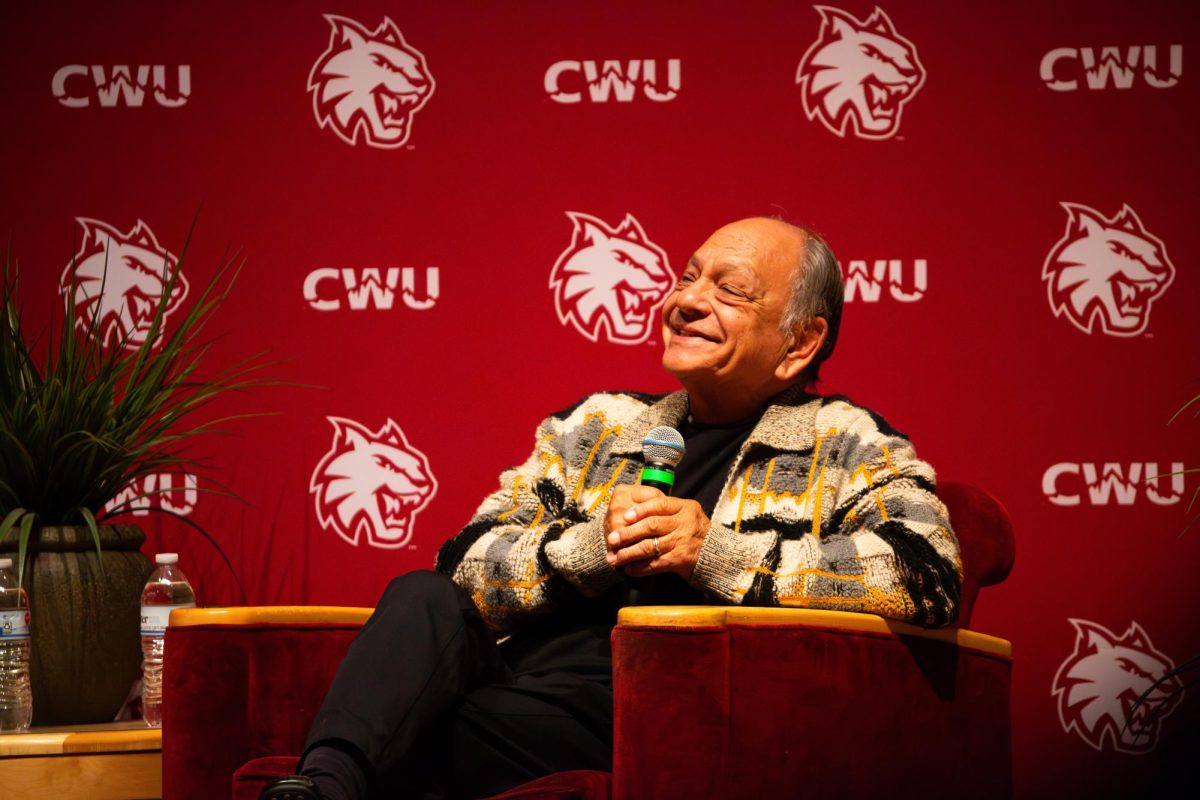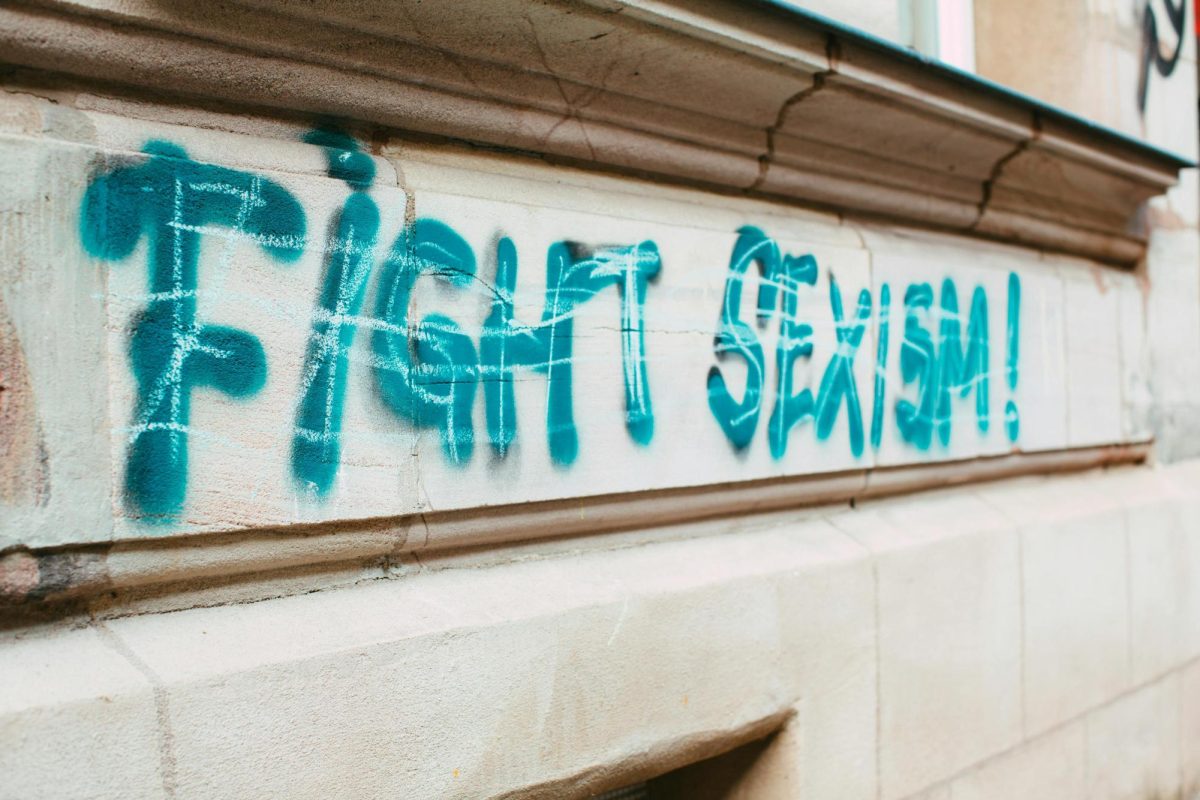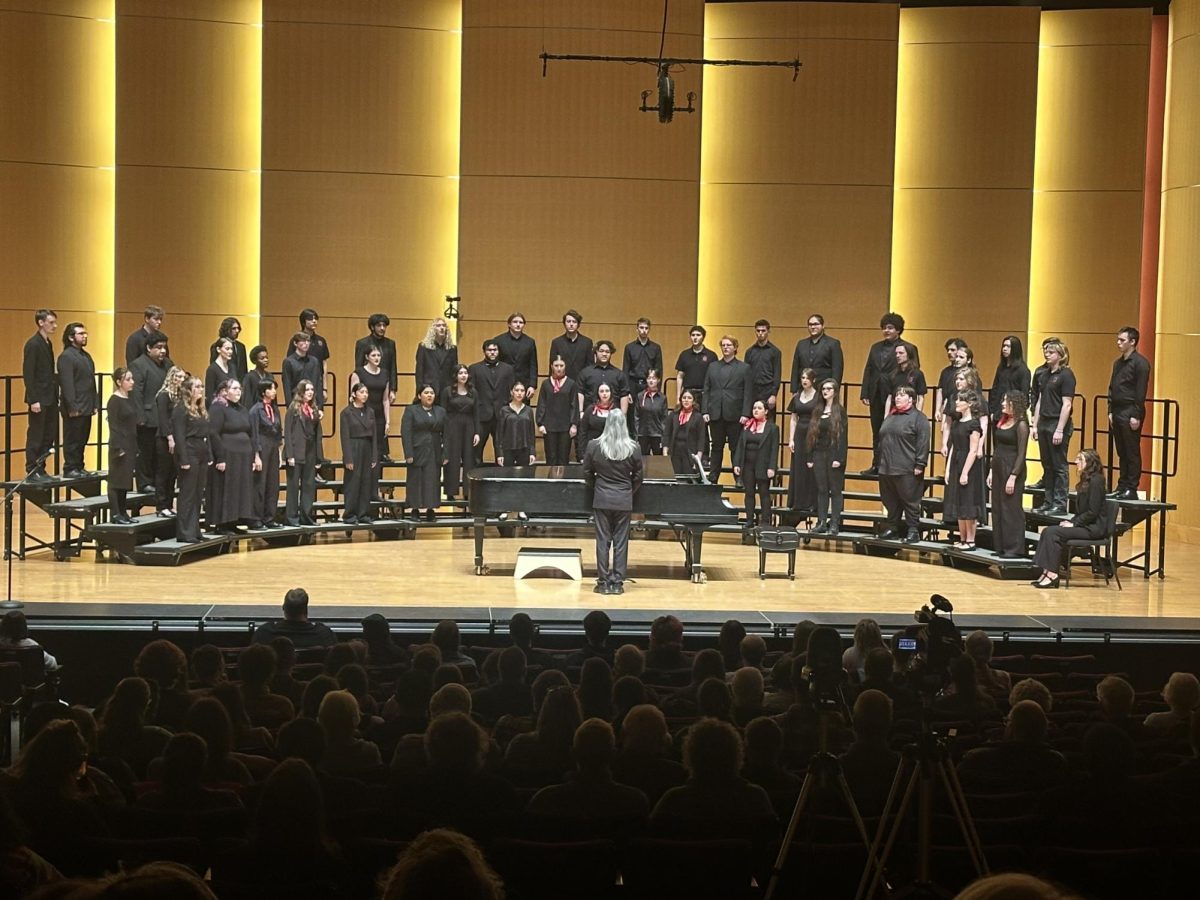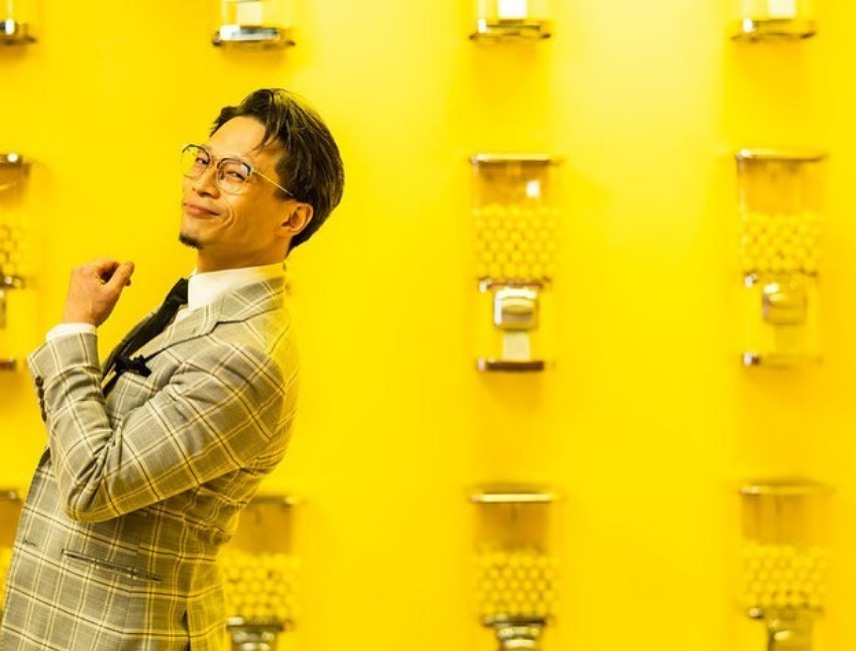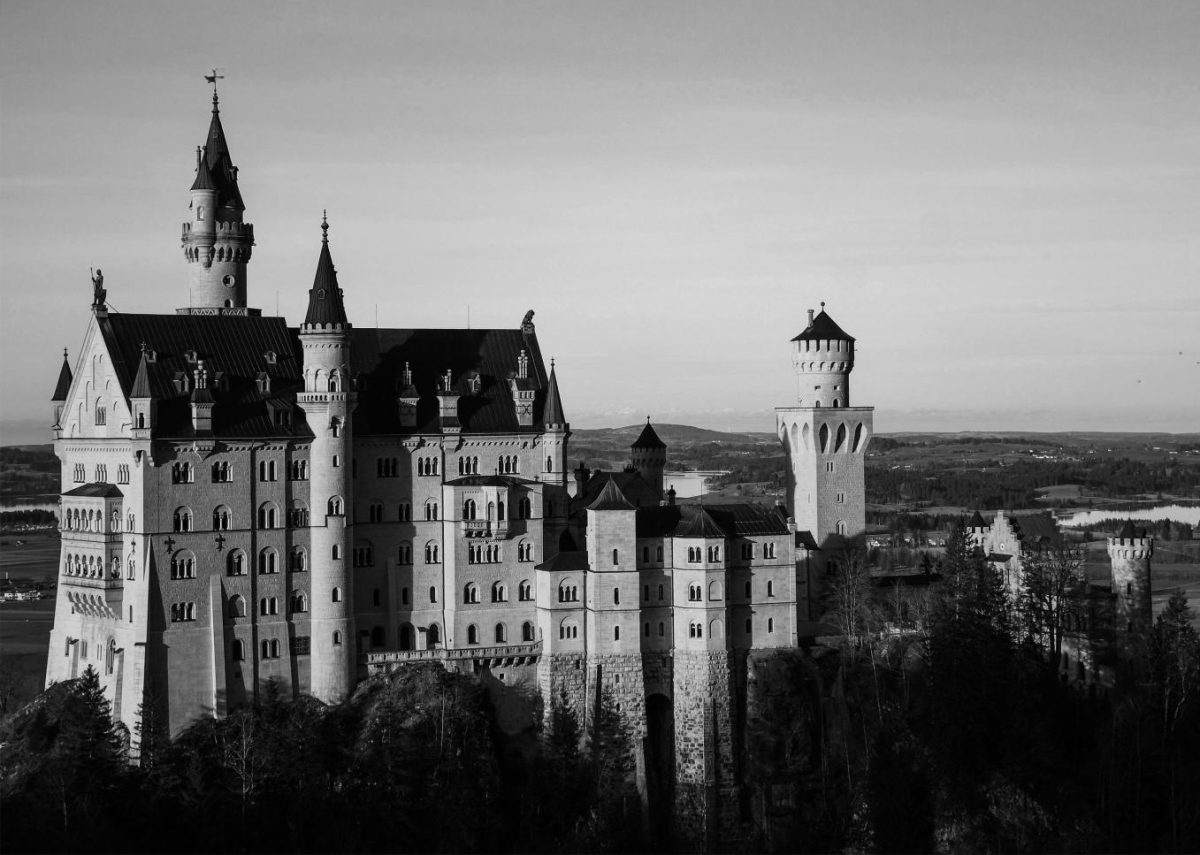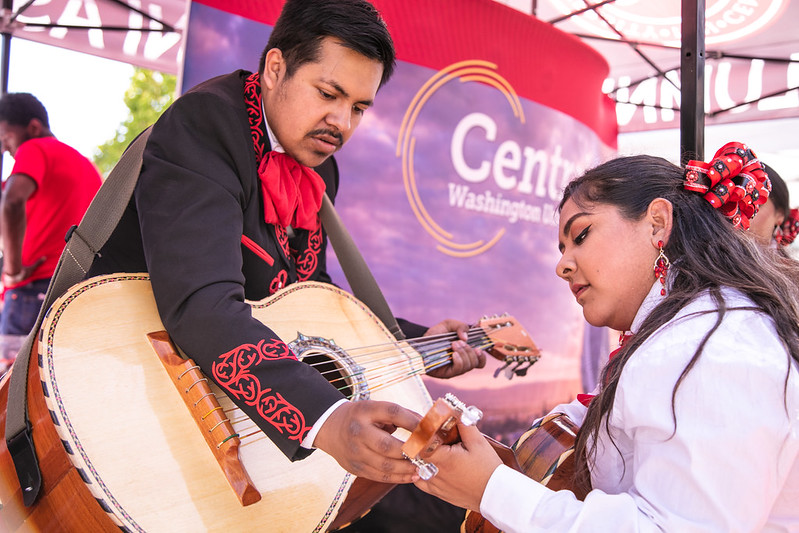To celebrate Hispanic Heritage Month, which runs from Sept. 15 through Oct. 15, CWU organized, “An Evening with Cheech Marin, A Life of Art, Culture, and Entertainment.” The event served as an outlet for Marin to discuss and share his thoughts on Chicano culture in the United States.
Richard “Cheech” Marin is a storied comedian, actor and musician whose career has spanned from the 1970s until today. From his legendary comedy music and films under the comedy duo “Cheech and Chong,” to his solo work voice acting in the likes of “Cars” and “The Lion King,” Marin has been a leading voice in the Chicano community for years.
Throughout his speech he taught the audience about Chicano art and culture. The Chicano movement, which started in the late 1960’s, focused on the civil-rights and liberties of people with Mexican descent in the United States. Marin described how he finds much of himself within the culture. Having grown up in South Central Los Angeles in the ’60s, he was surrounded by family who pushed each other to do well and work hard. Education was always an important aspect of Marin’s life. In his family all of his siblings had roles, and he was assigned to be the art student.
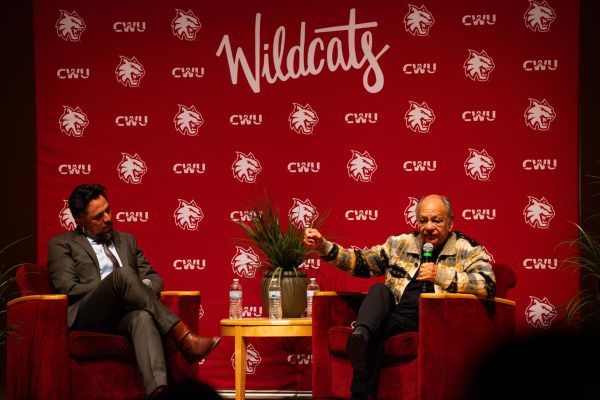
During his speech, he talked about how at the age of nine he would go to the library each Saturday to sit and read through all the art books they had to offer. He knew from a young age that he would go to college and further his education. He found himself connecting and identifying with the Chicano culture in college, giving him a real sense of belonging and security. Marin has made a major impact on the Chicano movement with his extensive collection of Chicano art as well as his museum. Marin opened his museum, “The Cheech Marin Center for Chicano Art and Culture of the Riverside Art Museum,” to connect to people through art, and additionally to share Chicano art.
In a private interview with Marin he discussed how he discovered his passion for Chicano art and culture, “I studied art at a very early age because I was assigned to do it,” Marin said. “So when it came time to when I had enough money to buy art, that’s when I discovered these Chicano artists, and I started buying their work.” Marin quickly found himself enthralled with the art. “They were using their history, their knowledge of world history or world art and their Chicano background to meld the two. And so it was an interesting combination that I saw coming out of it [the Chicano movement]. Like everybody didn’t understand it at first . . . but I did.”
Marin also discussed the importance of Chicano art for the Chicano community. “You know, it’s the appreciation of, I think, representational art, rather than abstract,” Marin said. “Chicano [artists] fit right in there, because they’re not necessarily abstract artists, you know? . . . Well, they can be Chicanos who paint abstractly, yeah, but it’s not necessarily Chicano art. . . . It’s putting that [art] out there so that it doesn’t get forgotten in that exchange all the time.”
While talking about the future of the Chicano art scene Marin discussed the idea that Chicano art is currently at its peak. “Well, Chicano right now is enjoying a vogue,” Marin said. “Right now, we’re enjoying a big high tide . . . Some of the artists are signing up with blue-chip galleries, you know, that are kind of indicative of being accepted in the mainstream. . . It’s amazing to see, you know, it isn’t some kind of little . . . corner of the art world. It’s starting to come into the mainstream of it, yeah, and then becoming the mainstream.”
During his talk, Marin gave advice to the next generation of the Chicano movement, and students in general. “Believe what they tell you when they say these are your rights,” Marin said. “Because they are meant for you, and you have access to them. Assume that what we are trying to teach you is the truth and that it applies to you.”


